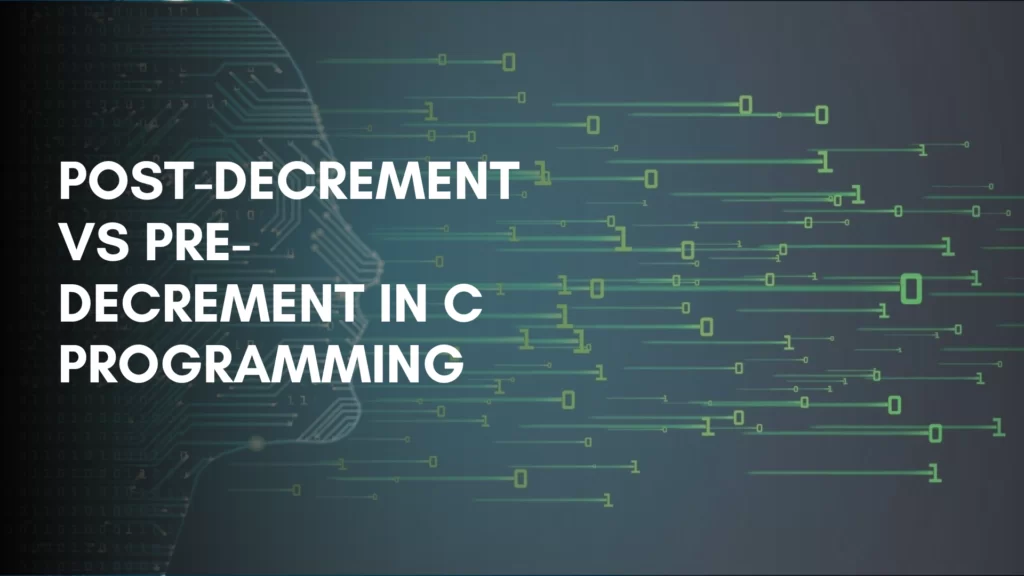In use today, JavaScript is one of the most widely used programming languages. The creation of dynamic, interactive websites and web applications is possible using this strong language. In this article, we will cover the fundamentals of programming with JavaScript, starting from the basics and working our way up to more advanced concepts.
Table of Contents
ToggleIntroduction to JavaScript
A programming language called JavaScript is used to build interactive websites and web applications. It is a high-level, interpreted language that can be used both on the client side (in web browsers) and on the server side (with Node.js). Brendan Eich created JavaScript in just 10 days in May 1995 and has since become one of the most popular programming languages in use today.

Setting up a Development Environment
To get started with JavaScript programming, you will need a text editor and a web browser. You can use any text editor to write your JavaScript code, but some popular options include Visual Studio Code, Atom, and Sublime Text. To run your code, you will need a web browser like Google Chrome, Firefox, or Safari.
Variables and Data Types
Variables are used to store data in JavaScript. The var, let, or const keywords are used to declare variables in this. There are several data types, including strings, numbers, booleans, null, and undefined.
Operators and Expressions
A number of different operators are available, including arithmetic, comparison, logical, and assignment operators. Expressions are combinations of values, variables, and operators that can be evaluated to produce a deal.
Control Flow Statements
The order in which statements are executed in a program is managed by control flow statements. Examples of control flow statements include if/else statements, switch statements, and loops.
Functions
It is a reusable block of code that performs a specific task. In this, functions can be declared using the function keyword and can accept parameters and return values.
Arrays and Objects
Arrays and objects are two complex data types. Arrays are used to store a collection of values, while objects are used to store collections of key-value pairs.
Scope and Closures
The term “scope” describes how visible variables are within a program. There are two scope types: global scope and local scope. Closures are functions that have access to variables in their parent function’s scope, even after the parent function has finished executing.
Events and Event Handling
Events on a website are operations like a user clicking a button or scrolling the page. Event handling is the process of writing code that responds to these events.
Document Object Model (DOM)
The Document Object Model (DOM) is a programming interface for web documents. It acts as a representation of the page so that software can change the document’s content, style, and organizational structure.
Debugging
It is the process of finding and fixing errors in a program. JavaScript has several tools for debugging, including console.log statements and the browser’s built-in debugging tools.
Read also:- Debug Smarter, Not Harder: The Top Best 5 Debugging Tools For Coders In 2023

Best Practices
There are several best practices for writing clean, maintainable JavaScript code. These include using meaningful variable names, avoiding global variables, and using proper indentation and formatting.
When writing JavaScript code, it’s important to follow best practices to ensure that your code is clean and maintainable. Here are some key tips to keep in mind:
- Use meaningful variable names: When naming variables, be sure to use descriptive names that make it clear what the variable represents. Avoid using single-letter variable names or abbreviations that may be difficult for others to understand.
- Avoid global variables: Global variables can cause issues with naming conflicts and can be difficult to manage as your codebase grows. Instead, use local variables and functions whenever possible to keep your code organized and easy to maintain.
- Use proper indentation and formatting: Proper indentation and formatting can make your code much easier to read and understand. Be sure to use consistent indentation and follow a style guide to ensure that your code is clean and easy to follow.
Tips for Learning JavaScript
Learning JavaScript can indeed be a daunting task, especially for beginners. However, there are several tips and resources that can make the process easier and more enjoyable.
First and foremost, it’s important to start with the basics. Take the time to learn the fundamentals of JavaScript, including variables, data types, operators, functions, and control flow. Once you have a strong foundation, you can then move on to more advanced concepts and techniques.
In addition to studying the theory, it’s also important to practice regularly. Try to write code on a daily basis, even if it’s just a few lines. This will help you to reinforce your knowledge and build your skills over time. You can also work on small projects or exercises to apply what you’ve learned and challenge yourself.
Another helpful tip is to seek out online resources and communities for help. There are many websites, blogs, forums, and social media groups dedicated to JavaScript and programming in general. You can use these resources to ask questions, get feedback, and connect with other learners and developers.
Some popular online resources for learning JavaScript include Codecademy, freeCodeCamp, W3Schools, and Mozilla Developer Network. You can also find many books, tutorials, and video courses on the subject.
Conclusion
JavaScript is an essential language for web development, and learning the fundamentals of programming with JavaScript is a great place to start for beginners. By understanding variables, data types, control flow, functions, arrays, objects, and more, you can begin to write powerful and interactive code. With practice and dedication, anyone can become proficient in JavaScript programming.
Read also:- Python Vs JavaScript: Which Language Is More Efficient In Terms Of Performance








